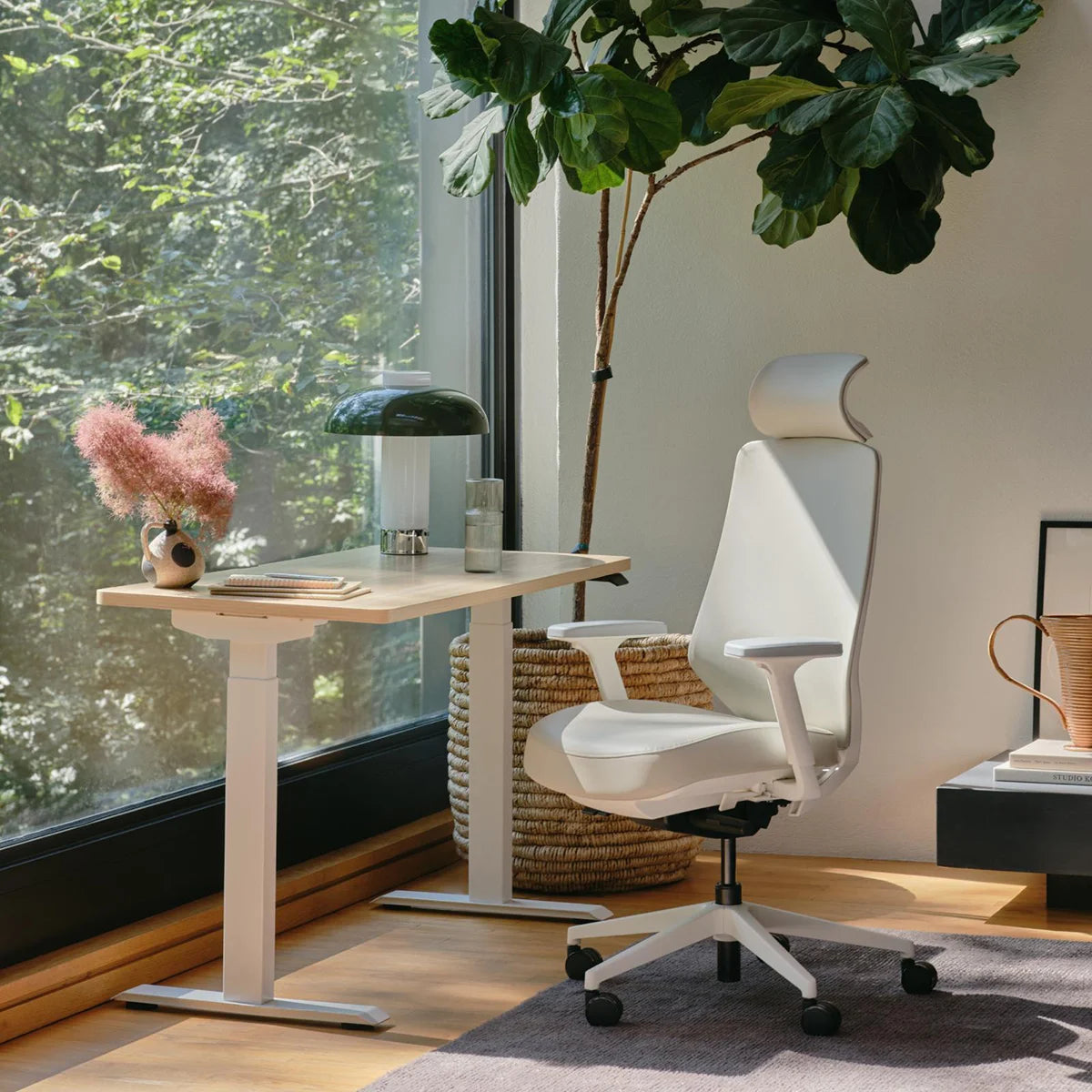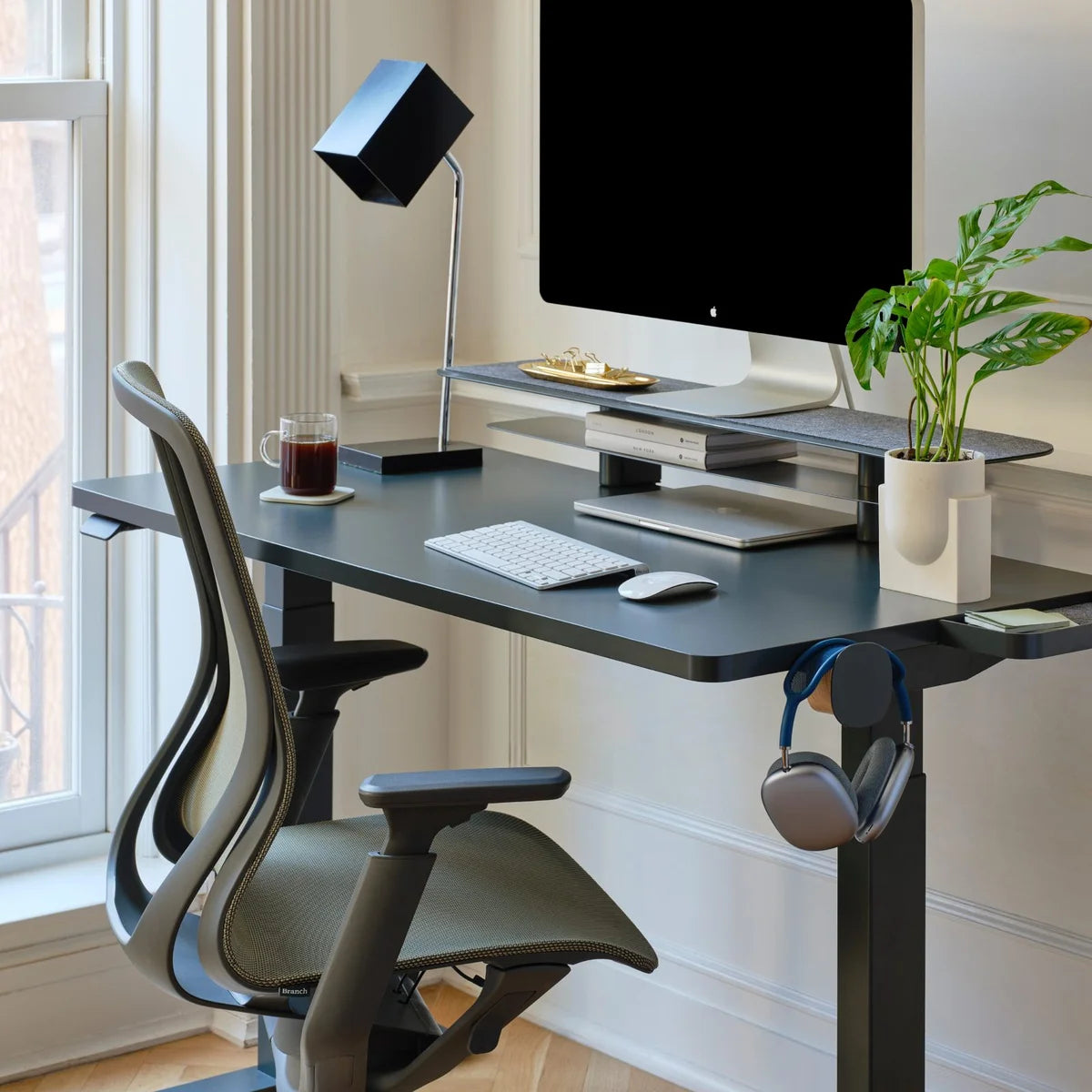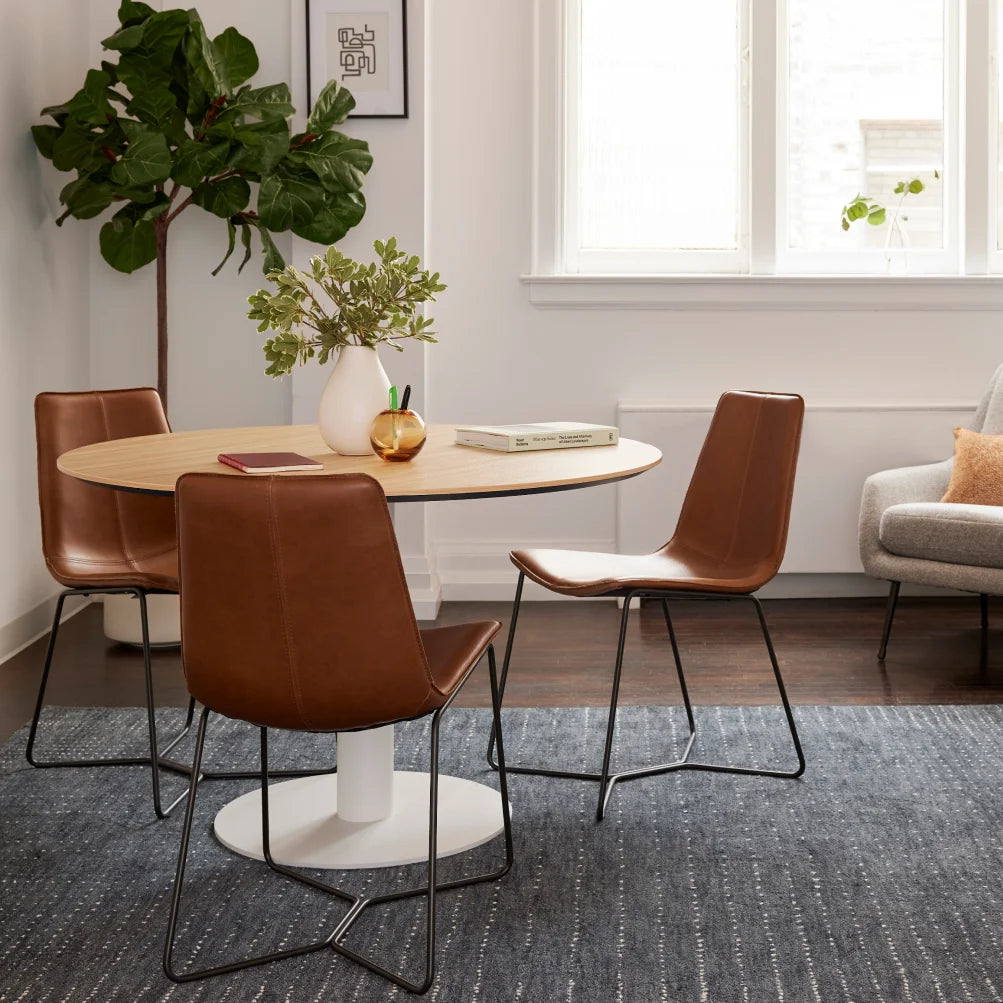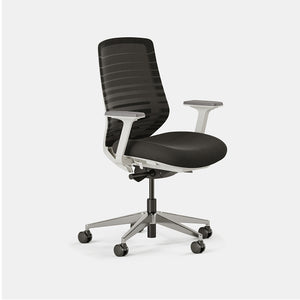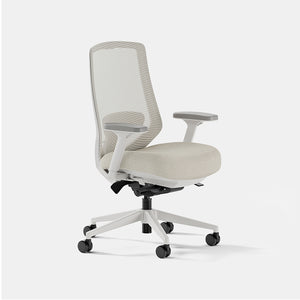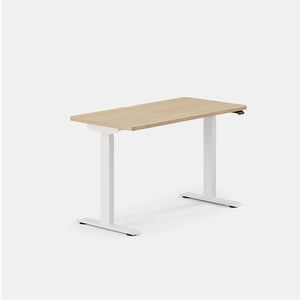Whether you team is ten or a thousand people, we’ve broken the typical office move into five phases to keep you organized, and listed key questions and the best tools in 2019 to help you pull off a seamless office move.
If your team has outgrown a starter space, wants to upgrade building amenities, or simply prefers a different location in your city, you may be facing a daunting task: the office move.
Office moves of any size require a tremendous amount of time, energy and attention to detail. You’ll identify your goals, find a broker, tour new offices, create a space plan that suits your team’s work style, furnish your new home, and coordinate the move itself—all while communicating details to your stakeholders in a way that minimizes disruption to the organization’s day-to-day work.
Larger companies often have the benefit of a facilities team and an outside relocation consultant to manage their move. In startups and smaller companies, these logistics usually fall to a founder, head of operations, facilities lead or office manager to complete.
The advice below is most applicable to smaller teams, but whether you’re ten or a thousand people, we’ve broken the typical office move into five phases to keep you organized, and listed key questions and the best tools in 2019 to help you pull off a seamless relocation:
Phase I: Develop Your Plan
T minus 3-6 months to move
The foundation for a seamless move is aligning your stakeholders on goals for your relocation. This may seem obvious, but the logistics of even a small move can balloon deceptively, given the many moving pieces (literally) involved.
Before you do anything, here are the key questions you should answer to kick off the relocation process:
- Timeline: When do we need to move? Figure out your ideal timeline to keep everyone comfortable, but also know your “must move” date, when your current lease expires or your team has grown to a point where you simply can’t fit in the space.
- Needs: How many people do we have now? How many will we have in a year, based on our growth goals? How much can we afford per square foot in our next space?
- Preferences: What are our top three neighborhoods? Do we want a view? You’ll dig deeper on this later with a broker, but get a sense of what your perfect space is like.
- Budget: What’s our total budget for this relocation, including broker fees and setting up the new space? This will influence your choice of vendors and services.
- Communication: How and when should I update the team on the move? We recommend a weekly update cadence with your key stakeholders, and announcing the move to your entire team with a few months notice, depending on team size—enough time to prepare without creating undue distraction.
Once you have answers to these questions, you can go a step further and set KPIs that will keep you on track. We highly recommend tracking your tasks and next steps in a project management tool like Trello.
Phase II: Find A Space
T minus 2-3 months to move
The most crucial element of your move is finding a new office that fits your work culture, amenity preferences and budget. For small and large companies alike, the time-tested way to find a space is working with a tenant broker.
Many larger brokerage firms have teams that specialize in certain clients (technology firms, professional services firms, etc), so don't worry if you have a unique need. Brokerages will also have access to sublease inventory if you want negotiating power or more flexible terms.
Given the goals you identified with your stakeholders, you’ll want to discuss the following criteria with your broker to help them identify prospective offices to tour:
- Budget: What is the price per square foot and how does it compare to the neighborhood?
- Floor Plan: Does the office support the configuration (open office, bullpen) my team wants? How much would improvements to the space cost so that it does?
- Capacity: How many people can this space support in various configurations?
- Amenities: What are the building and office amenities?
- Terms: How long is the lease? How will the office arrive: pre-furnished or as a white box? Will the landlord offer any allowances for improvements?
Once you begin touring spaces, you’ll identify a shortlist of 3-5 spaces that you can bring to the management team and other key stakeholders. When you’re set on a space, the last step is negotiating favorable terms with the help of your broker.
Phase III: Communicate, Plan and Furnish
T minus 1-2 months to move
Once you’ve signed a lease, it’s time to decide how you’ll organize and furnish your new space. You’ll want to gather employee stakeholders and team leaders to answer the following questions:
- Space Plan: How should we arrange workstations, conference rooms, and lounge / common areas within our space? Which teams sit near each other? Larger teams may consult an interior designer, or an architect if the plan involves structural changes to the space. Smaller teams can whip up their own space plan with software like Google Draw, or consult a service like Bureau; we’ll generate a space plan for free.
- Decor: What personal touches can we add to make the office feel like our own? Painting walls or choosing accessories in a signature color are on the agenda here.
- Furniture: What meeting, lounge and workstation furniture do you need to fill out your space plan? How will you balance between quality and budget? It’s best to start early; traditional furniture companies can take up to twelve weeks to process and deliver your order, and good assemblers book up far ahead of time. Bureau delivers in as little as five business days, and coordinates delivery and assembly on your behalf.
This should be the most collaborative phase of your move. We recommend communicating with employees on a regular basis, and polling them through department leaders or software like Typeform for thoughts on decor, furniture and any concerns about the move.
Phase IV: Final Prep
T minus 1 month to move
As a final step before the move, rally your team to do their part and engage contractors to take care of the rest. Again, it’s best to start on the early side, as many service providers will book up well in advance, but not too early so you can minimize disruption to your team. A month of active prep is about right for most teams.
- Inventory: What should you bring and leave behind? Most of the time, moving furniture is more expensive than it’s worth. But personal belongings, unique decor, reusable fixtures (white boards) and IT equipment are fair game. Communicate these guidelines to team leaders and get their help preparing an inventory to share with movers. Consider scheduling a warehouse sale to get rid of the items you don’t need.
- Vendors: What vendors will you need to engage? Movers, storage, packing boxes, and cleaners are a given in any office move. Most moves happen after hours or on the weekend, so make sure to factor that into your planning and budget. If you use Bureau, furniture assembly will be included; otherwise, coordinate shipping with your furniture dealer and schedule a TaskRabbit to get it assembled.
- Packing: How should boxes be packed and sealed? When should employees start packing? Consider asking employees to sort their belongings into two bundles: an “accessories” bundle they can pack immediately, and a “necessities” bundle they can save until the last minute.
- Education: How will the move affect day-to-day employee life? Consider publishing a guide with common FAQs on commute logistics, neighborhood spots, amenities. Communicate frequently to remind employees of basic logistics (move date, new office address, etc).
- Coordination: Check in with your broker, the facilities manager at your new space, and your designer / architect (if applicable) to make sure any buildout work is on track, utilities are scheduled to be turned on, loading docks are available, and everything is good to go.
Phase V: Settle In, Troubleshoot and Enjoy
Congratulations! You’ve successfully moved all the important things—but more importantly, the people—from your old digs to a beautiful, brand new office.
Before you throw an office-warming party (and you should!), keep in mind that you may have to troubleshoot issues as your team gets settled. Look out for feedback from employees about the space plan, amenities and decor; we’d even recommend sending a post-move survey to make sure everyone feels great about their new space.
More often than not, an office move is a sign your company is growing and in great health. As your team keeps growing and the needs of your business change, don’t forget that a great office is a physical manifestation of your team’s culture—we wish you the best in keeping it filled with great furniture, amazing people and inspirational work.




